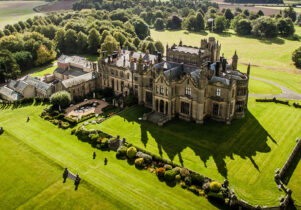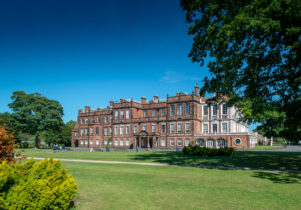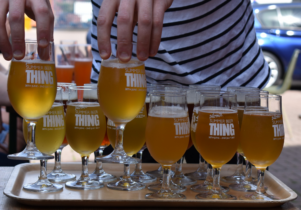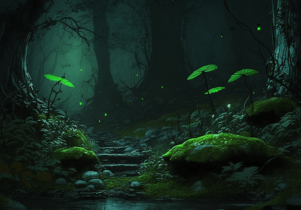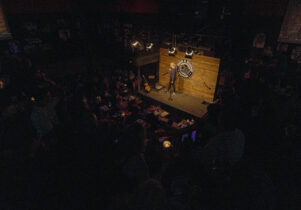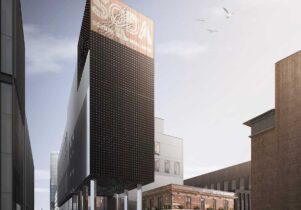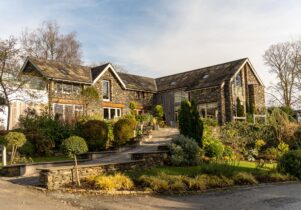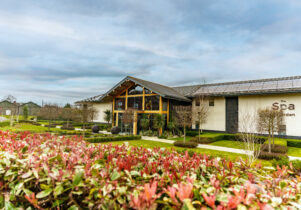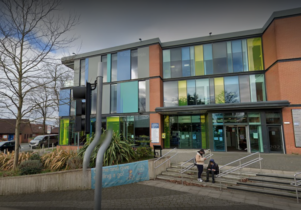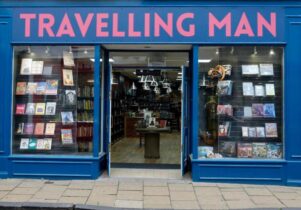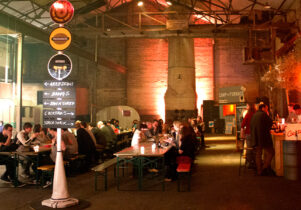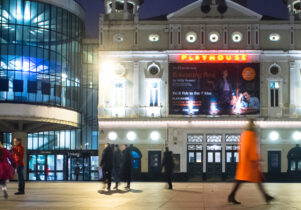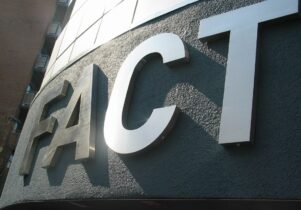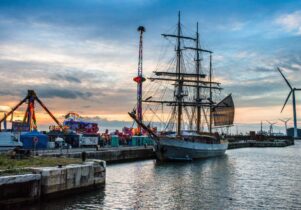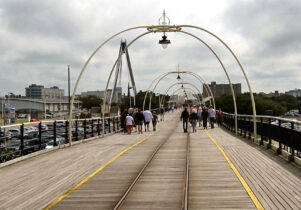Stanley Dock
Laura Harris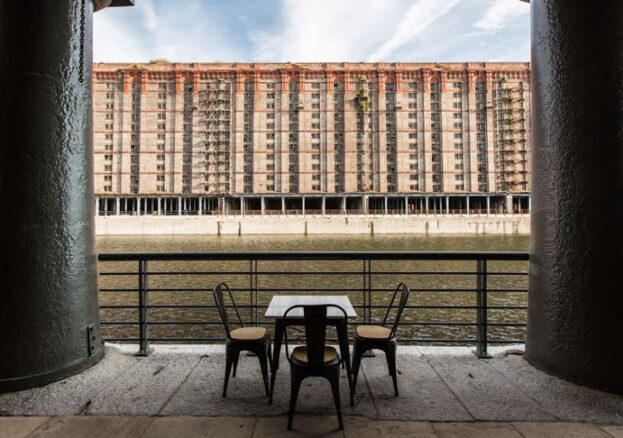
Heading North out of Liverpool’s city centre, leaving behind the Business District and the Pier Head, will set you on course for Stanley Dock. Lesser known than the city centre Albert Dock (where you’d find Tate Liverpool) the Stanley Dock gives a truer sense of the industrial past of the city. Walking around the docklands you’ll encounter relics of the city’s industrial era like the monumental Tobacco Warehouse, nothing less than the world’s largest brick warehouse. Recently converted into apartments, the building’s sheer scale remains something to behold.
The reanimation of post industrial spaces is central to the Stanley Dock today. When the creative team behind The Kazimier, a well-loved and sorely missed city-centre music venue, were forced to find a new home they settled on a cavernous warehouse in Liverpool’s north docks. They now run The Invisible Wind Factory which, alongside venues including Meraki, North Shore Troubadour and 17 Love Lane, have made this part of the city central to its music scene.
Stanley Dock, and its neighbours Collingwood Dock and Nelson Dock, find themselves in the middle of a rapidly changing part of Liverpool. The next decade will bring even more change to the area, with the contentious development Liverpool Waters springing up next to it. What’s more, Everton FC will soon move into the area- their new stadium at Bramley Moore Dock is slated to start construction in 2021.
A walk around Stanley Dock will take in many of Liverpool’s fascinating contradictions and cultures: from music to football, and from old to new. This rapidly changing part of the city is a case study in culture-led regeneration, and of course in gentrification too. This walk will fascinate those wanting to learn more about the social fabric of contemporary Liverpool, and to see its industrial heritage before the new football stadium moves in.
